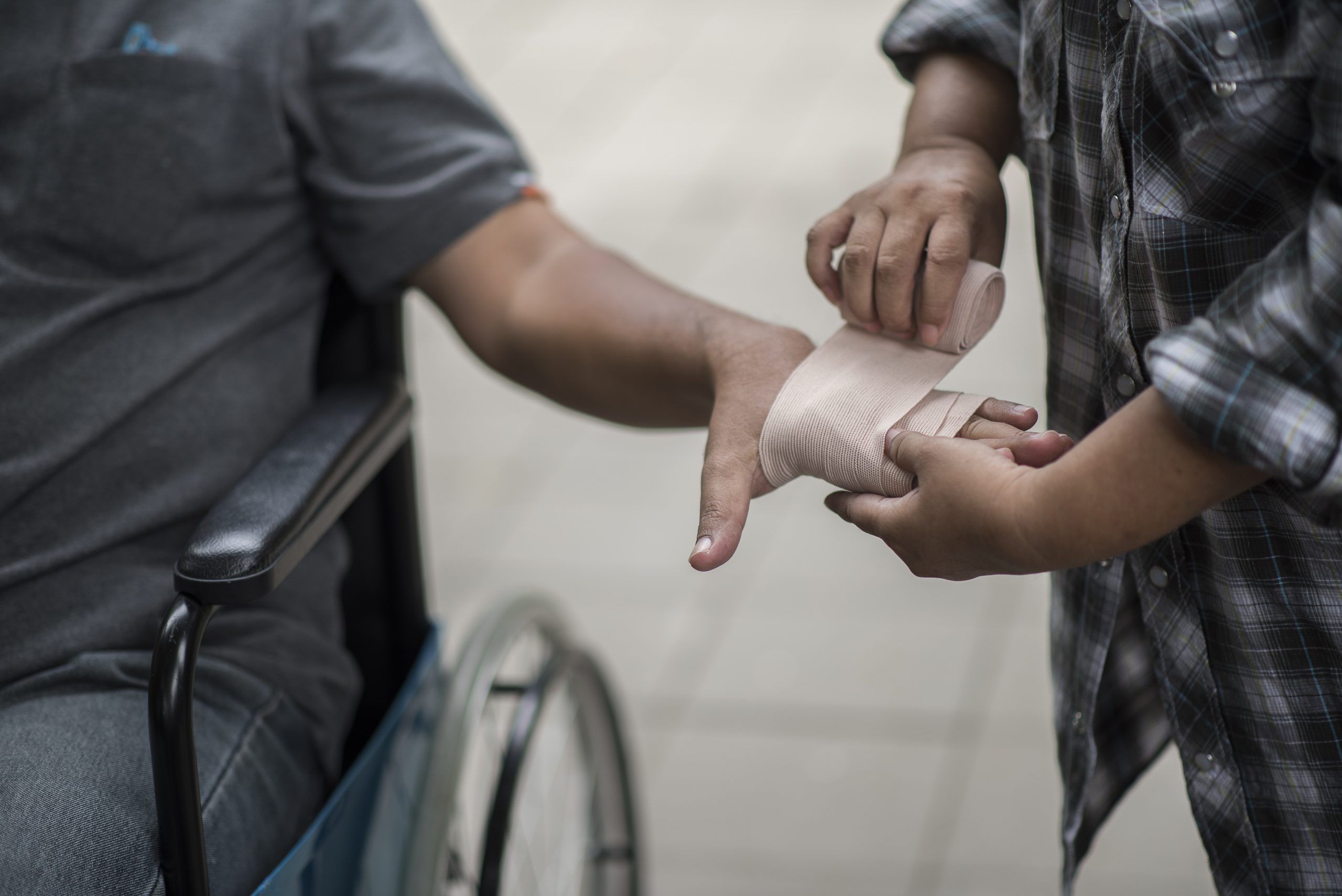- Resources
- Establishing Accountability: Legal Standards for Proving Negligence in Personal Injury Lawsuits.
Establishing Accountability: Legal Standards for Proving Negligence in Personal Injury Lawsuits.
May 29, 2024

Establishing negligence is often a critical factor in the legal procedure for pursuing justice in personal injury cases. As discussed in our previous blog, “Comprehensive Documentation: Best Practices for Documenting Injuries and Medical Treatment,” specific documentation is vital for constructing a robust argument.
Now, let’s discover the legal criteria for demonstrating negligence in personal injury lawsuits and how people filing a lawsuit can navigate this complicated element of litigation.
Understanding Negligence:
Negligence represents a legal idea that underlies numerous personal injury cases. It pertains to the absence of adequate precaution in specific contexts, leading to injuries inflicted upon another individual. To demonstrate negligence, plaintiffs must prove that the defendant was responsible for providing care, breached this duty, and caused the individual’s injuries as a direct consequence of this breach.
Just as thorough documentation is vital for backing personal injury allegations, comprehending the legal rules for demonstrating negligence is crucial for plaintiffs seeking equity. By familiarizing themselves with those statutes and gathering the relevant evidence, plaintiffs filing a lawsuit can assemble a strong case for establishing liability for their injuries.
Determination of duty of care:
The initial level of negligence proving negligence confirms that the defendant was responsible for the plaintiff’s duty of care. However, depending on the scenario, this obligation requires people to act with the same caution that a responsible person would use in similar circumstances.
Similar to thorough documentation of injuries and medical treatment, establishing a duty of care is critical to establishing the foundation of a negligence claim. Plaintiffs must collect evidence to indicate that the accused had a legal obligation to behave.
Demonstrating Breach of Duty:
After establishing the duty of care, plaintiffs must demonstrate that the defendant did not act sensibly. This frequently requires proving that the defendant’s actions or omissions did not meet the expected duty of care in specific circumstances.
Just like plaintiffs carefully record their injuries and medical care, they must also collect evidence to show how the plaintiff’s actions or omissions breach the duty. This evidence could involve testimonies from witnesses, expert viewpoints, and records of conditions that led to the incident.
Proving Causation:
Apart from setting up a duty of care and breach of duty, the plaintiff must affirm that the defendant’s behaviors or oversights caused damage. This includes showing that the defendant’s careless behavior became a significant factor in causing the plaintiff’s harm.
As with documenting progress and obstacles in medical therapy, proving causation necessitates plaintiffs gathering evidence connecting the defendant’s actions or oversights to their damage. This evidence may embody medical records, expert opinions, and other information establishing the causal connection between the defendant’s negligence and the plaintiff’s damage.
Demonstrating Damages:
Ultimately, plaintiffs must prove they experienced actual injuries due to the defendant’s carelessness. This could involve bodily harm, psychological suffering, monetary setbacks, and additional types of damage for which reimbursement is desired.
In the same way that plaintiffs diligently record their injuries and healthcare, they must also collect evidence to showcase the magnitude of their harm. This could involve healthcare invoices, proof of purchase, work history, and other records backing up their requests for reimbursement.
Conclusion: Proving negligence is vital in personal injury cases, as plaintiffs must show a duty of care, breach of duty, causation, and damages. By grasping these legal guidelines and carefully collecting evidence to support their assertions, plaintiffs can pursue justice and receive appropriate payment for their injuries.
All Categories
- Agile Legal Support (1)
- Case Law (88)
- Case Studies (6)
- Demand Letter (14)
- Deposition Summaries (11)
- Legal Outsourcing (3)
- Legal Research (72)
- Marketing (1)
- Medical Summaries (14)
- Others (4)
- Personal Injury (54)
- Virtual Assistant (59)
- Virtual Paralegal (2)
Related Blogs




